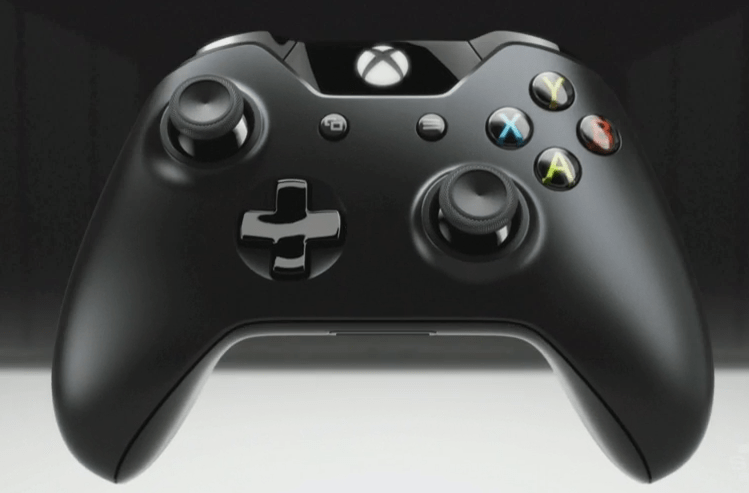This is part of our ongoing series about games and trends of the upcoming next generation. For the PlayStation 4 version of this article, go here.
The Xbox One controller:
- Part 1: Projectors, smells (!), and other stuff that didn’t make it in
- Part 2: What’s new with the analog sticks and D-pad
- Part 3: What’s new with the buttons and triggers
- Part 4: A close look at the new rumble, faster speed, design, and everything else
We looked at early versions of the Xbox One controller in the first article in this series, and we saw some of the ideas that Microsoft considered or even built into working prototypes. But the big feature that the company really got behind was haptics, rumble-based feedback that’s more advanced and refined than what you’re used to today.
In part four, we wrap up our exclusive deep-dive look at Argos — Microsoft’s code name for the next-gen joypad — right in time for the system’s launch tomorrow. We examine the new haptics system, plus how the company optimized the design of the controller for comfort, functionality, and four-hour blocks of shooting things.
The haptics (aka rumble)
You might have already heard or read about what’s shakin’. Traditional controllers have two variable-speed motors in the base of the grips that spin up to rumble in sync with any onscreen action, but the Xbox One edition ups that number. This offers a few benefits.
The new motors sit in different locations and all operate independently, so a game could ping each one to work in conjunction with the each other, providing a rolling “wave” of motion, so to speak. Think of it as the surround sound of rumble, where the vibrations can start in one corner and then circle around the controller like an angry swarm of bees trying to get out.
Now, don’t ask us how this would enhance a typical gaming session, but the option’s there for developers. “You get directionality [in the rumble],” Xbox senior industrial designer Quintin Morris told GamesBeat. “You get forward and back, as well as the left and right that you had before.”
That “forward and back” is possible because the new motors are located where they can make the biggest impact. “They’re called ‘impulse triggers,'” Morris said of the redesigned LT and RT buttons on the shoulders (read more about them here). “We put impulse motors right at your fingertips, which is the most sensitive part of your hand, to really let you feel more of the multidirectional haptic experience.”
The trigger rumble is also more refined since those motors are really tiny — games can push out more nuanced action to them. “To discern between a heartbeat and a rifle shot and a bazooka shot,” said Zulfi Alam, the general manager for accessories at Xbox, “or to have that amount of fidelity as a car spins out and goes over the gravel — you really need the feeling brought to your fingertips. We actually built the technology to have many small, minute motors built inside the triggers themselves. You have to feel it to understand what it is, but the feeling is absolutely wonderful. It was a maniacal focus on trying to make sure that we get it right.”
The bandwidth and latency
You may not even realize it, but your Xbox 360 wireless controller is slooooww — at least when you compare it to its younger brother. “[We’ve increased] the bandwidth of the Xbox One controller by 20 times from the original controller,” said Alam. “It has a hell of a lot more ability to send data and get data from the console. The other thing we did was we reduced the latency. We measured this in the labs. These are milliseconds we’re talking about. The act of pressing a trigger and seeing the response on the screen — we improved that time frame by 20 percent. Shaving milliseconds is huge. Each millisecond you save, it’s like, ‘Oh my God.’
“To do that, we actually had to go inside and change the wireless protocol. We invented a new one. This is not using Wi-Fi, Bluetooth, any of the other standards that are out there. This is a custom protocol designed by Microsoft that is super-optimized specifically for gaming.”
This seems like the type of improvement the average consumer wouldn’t pick up on, but Alam thinks it’ll be a bigger deal in the near future. “Two or three years from now, [maybe] next year, you’ll start seeing a bunch of products on the market that use that extra bandwidth,” he said. “It’s really important. The fact that we invested heavily in latency — it’s an invisible feature, but gamers will notice. ‘Hey, I can play much better with this thing than I used to.’ The expansion port [at the bottom of the controller] is high bandwidth. You should be able to do a whole bunch of different things over the coming years on this expansion port.”


